Fuel Tank Gravity Feed in Carburetors: Petrol Engine Performance
The fuel tank gravity feed system is a critical component in many petrol engines, playing a vital role in the efficient operation of carburetors. This article will explore the intricacies of gravity feed systems, their advantages and disadvantages, and how they impact engine performance. We’ll also discuss modern alternatives and provide practical tips for maintaining and optimizing these systems. Understanding Fuel Tank Gravity Feed Systems Gravity feed systems rely on the simple principle of gravity to deliver fuel from the tank to the carburetor. In this setup, the fuel tank is positioned higher than the carburetor, allowing fuel to flow naturally downward. This arrangement eliminates the need for a fuel […]
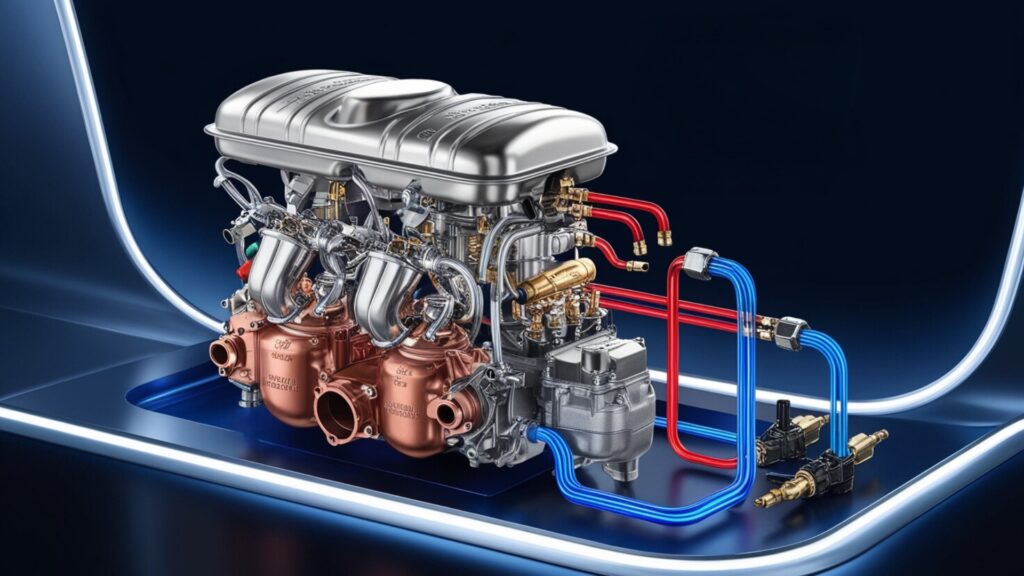
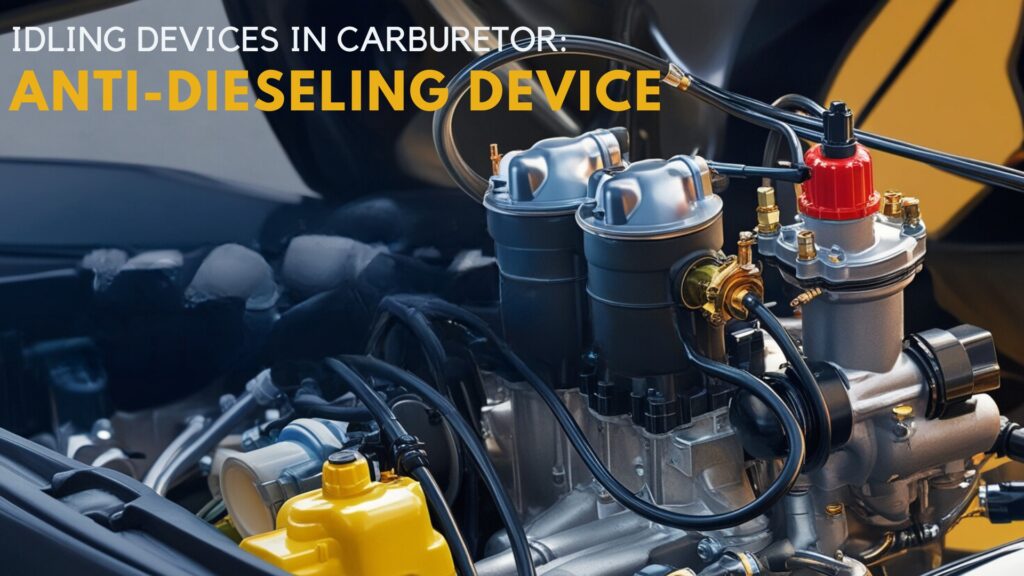
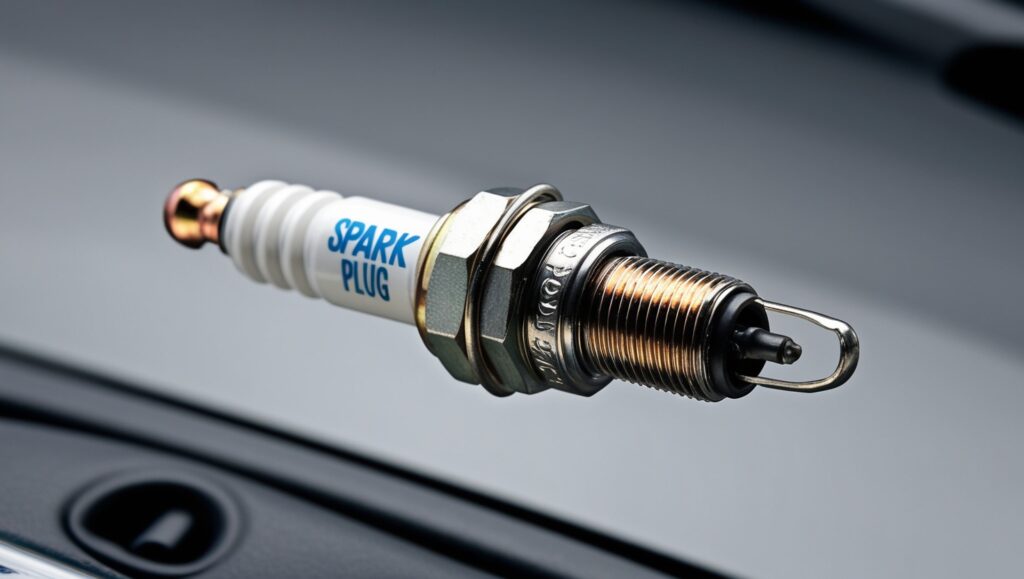
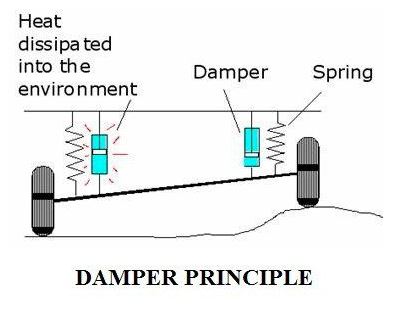
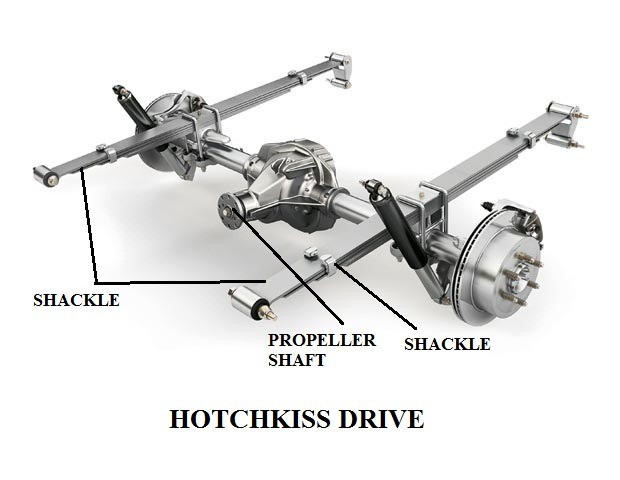
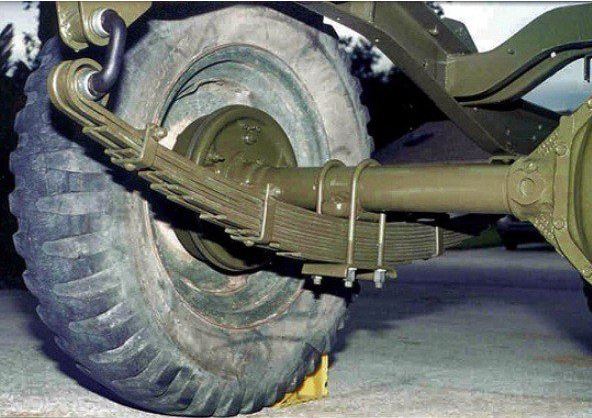

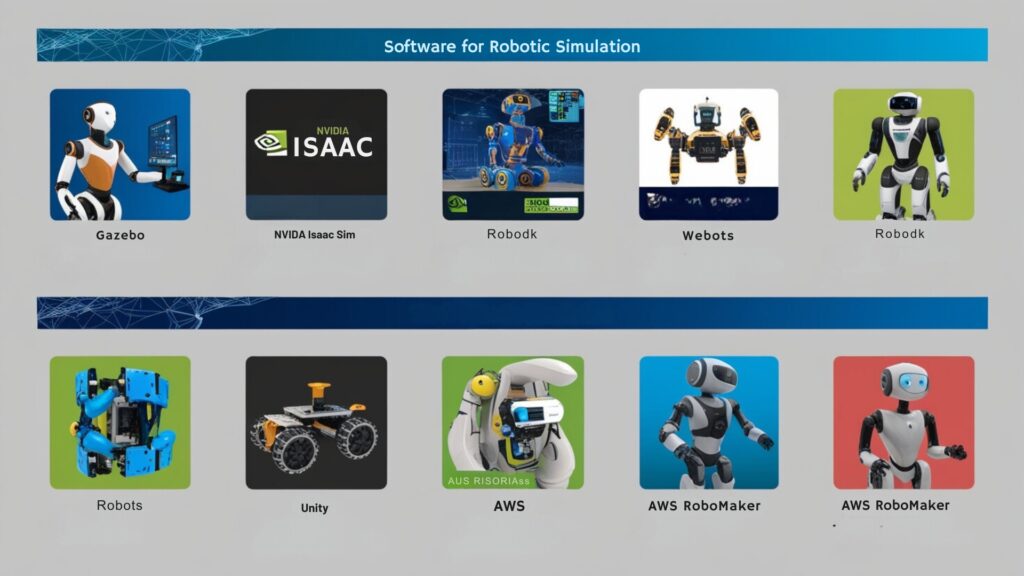
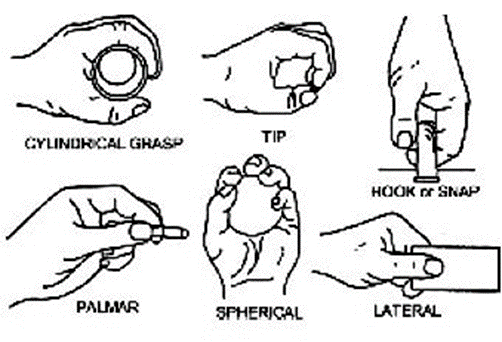
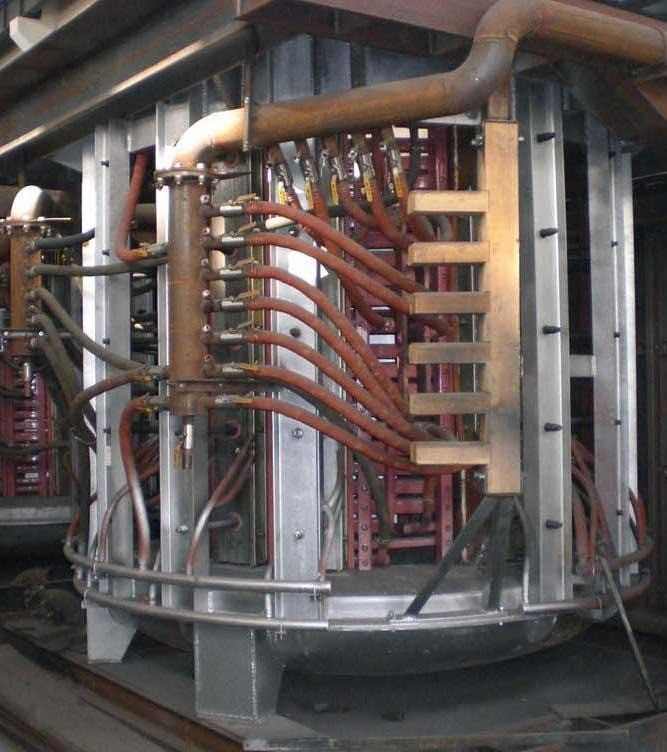
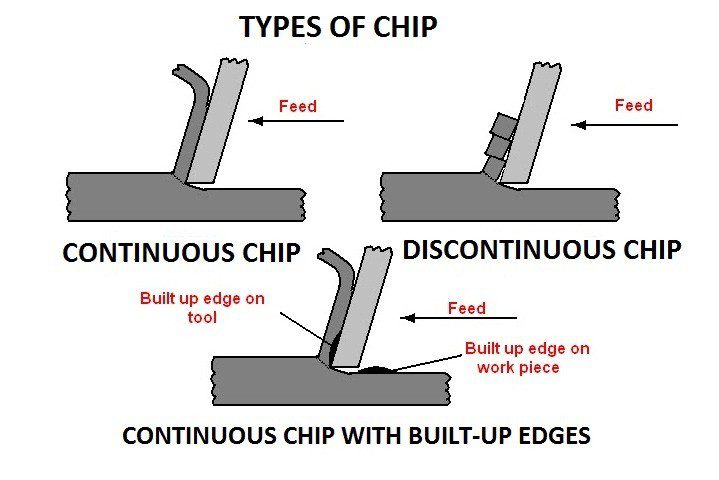
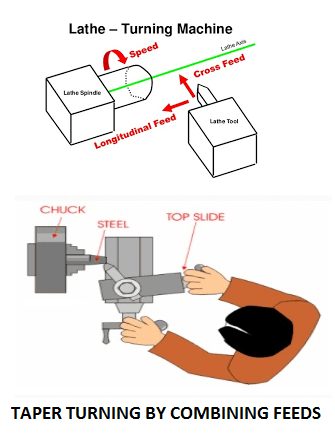
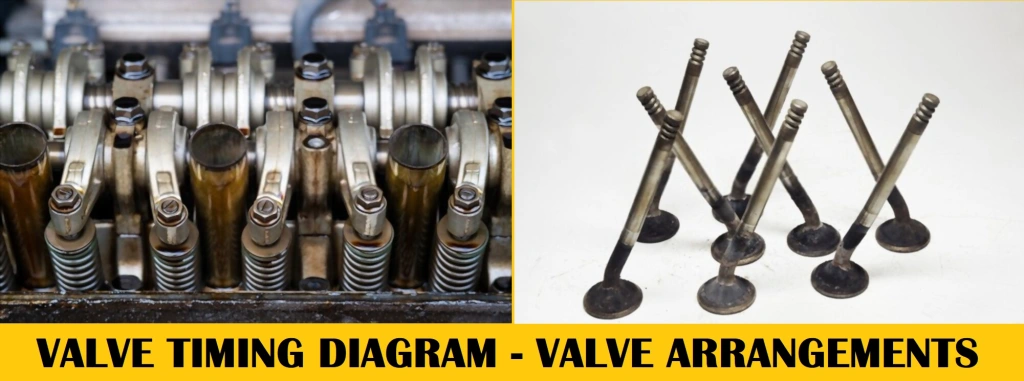
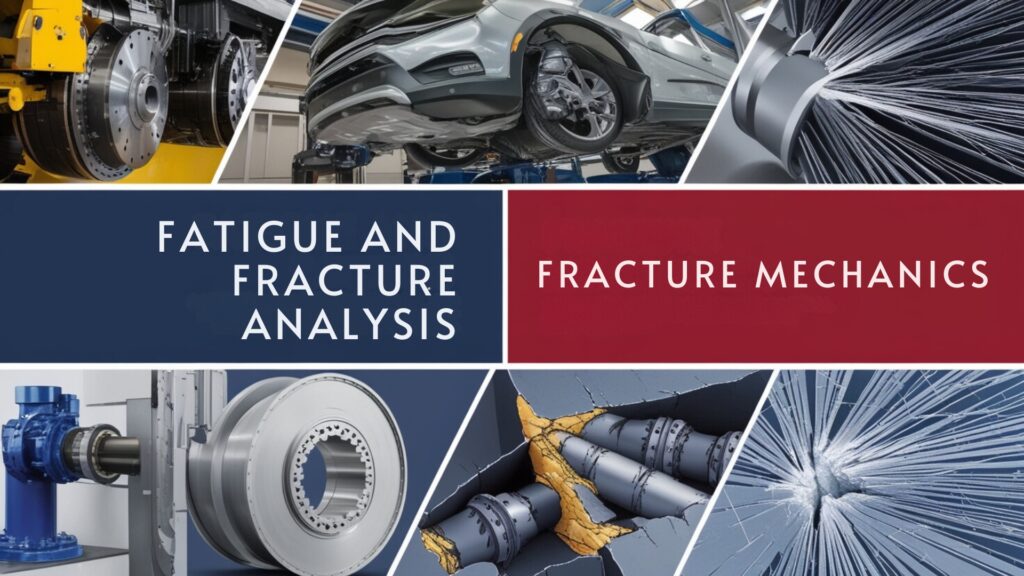
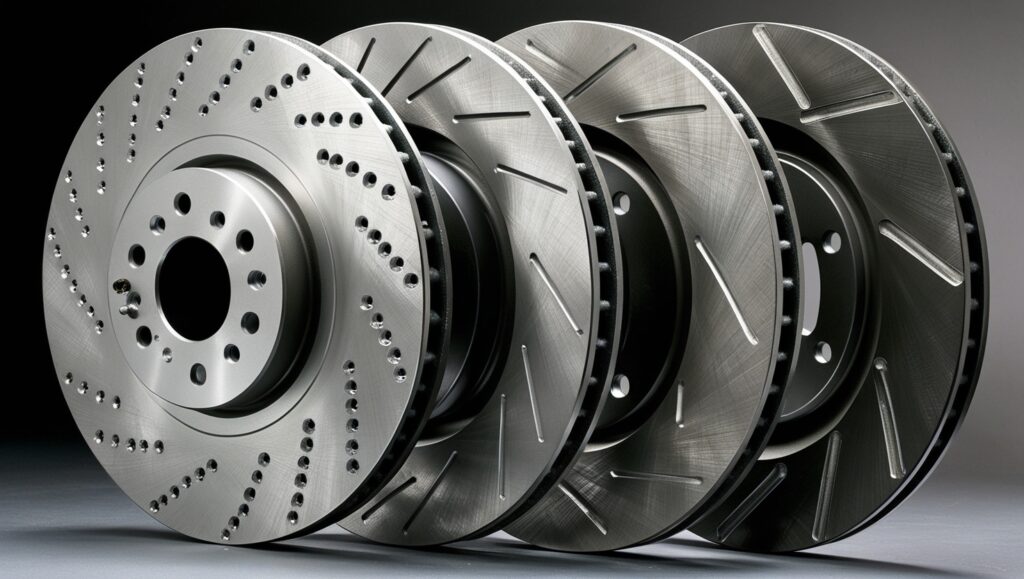
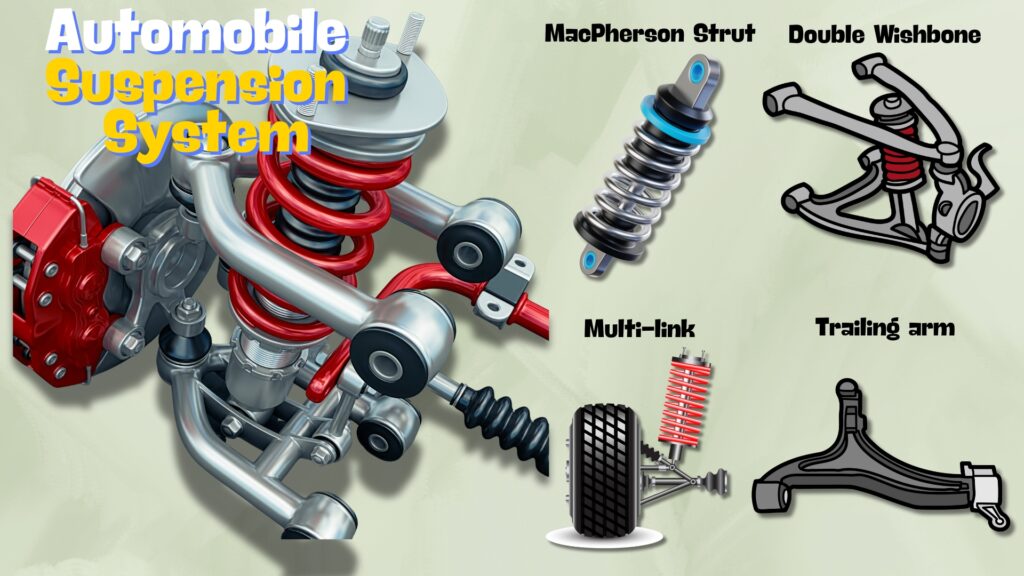
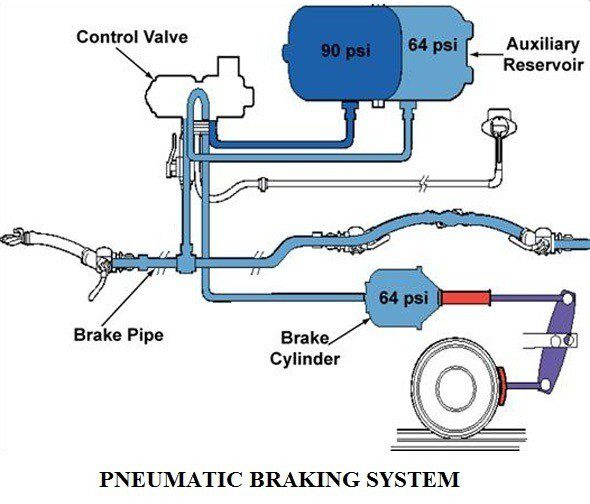
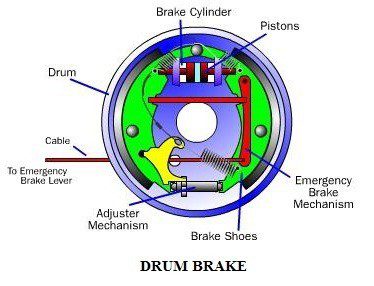
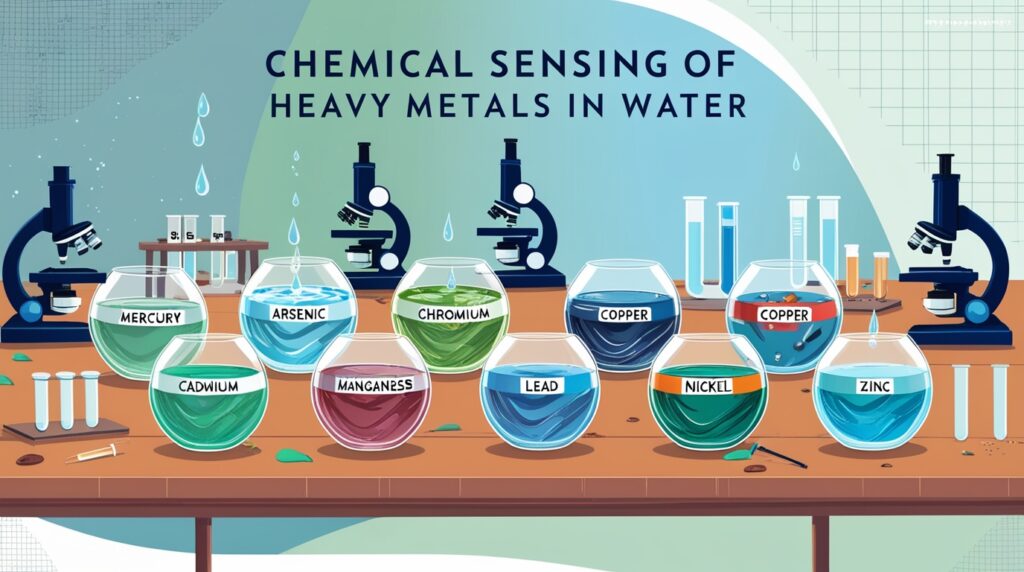
![Properties of Lubricants | Purposes of Lubrication | Oil Lubricants [2024] 20 properties-of-lubricants-viscosity](https://blogmech.com/wp-content/uploads/2024/09/01-properties-of-lubricants-viscosity.jpg)